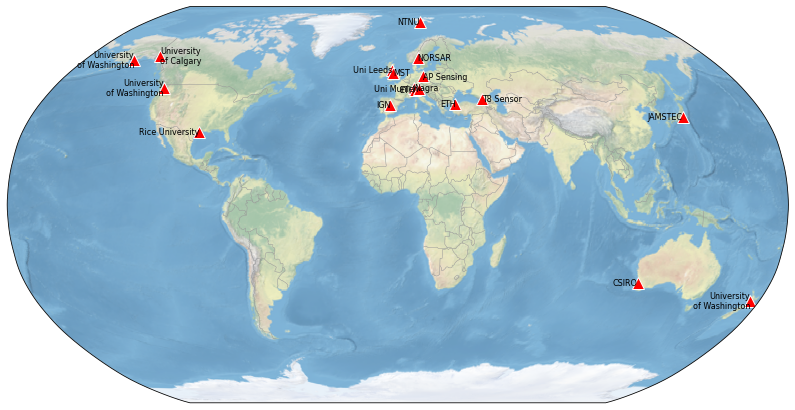Global DAS monitoring month February 2023

The IRIS Distributed Acoustic Sensing (DAS) Research Coordination Network (RCN) is coordinating a global measurement campaign of fibre systems in the period 1-28 February 2023.
The IRIS DAS RCN is coordinating a global measurement campaign of fibre systems. The campaign is planned from 1 Feb – 28 Feb 2023 and shall contain DAS systems of triggered data from teleseismic events (>M5, USGS catalogue). We are looking for contributions from academia and industry (downhole, pipeline, …)
We envision a campaign where multiple DAS systems are recording at the same time in different regions of the globe for a certain time, such that we can look at teleseismic earthquake. That way we could find out how a global monitoring system based on DAS should look like. We hope that there are a few interesting global EQs during that period, and each participant can upload triggered data window to a central storage location. This would thus also help to identify bottle-necks in data format, storage, and legal issues. Scientifically, this dataset should also allow for very interesting research!
Specifications
What: Global EQ DAS data campaign
When: 01 - 28 Feb 2023
Legal: Creative Commons
Format: Down-sampled, native interrogator format
Support: Some examples of support files are provided below
Readme.txt with description of the data, site, cable and contact
coordinates.kml containing the lat/lon/elev locations of each channel (if available)
coordinates.csv containing relative locations (if coordinates are sensitive)
meta.json meta-data as described by the RCN working group
my_format_reader.py a reader for the data format (Python, Matlab, C++, Julia, ...)
The output of the reader should be strain or strain-rate.
Data:
- 100Hz DAS data, convertable to strain or strain-rate
- spatial sampling ~20m,
- 1 hour per event (3600sec)
List of relevant earthquakes
Earthquakes of magnitude 5 or lager will be the basis for this campaign. Note that data should include 1 hour (3600sec) after the reported origin time. We will use events identified by the USGS, and the full catalogue can be found here: https://earthquake.usgs.gov/earthquakes/search/
You can also get email notifications from USGS: https://earthquake.usgs.gov/ens/
They also offer an output in JSON format. A link specifically for the Feb 2023 period is provided for your conveniece here: https://earthquake.usgs.gov/fdsnws/event/1/query.geojson?starttime=2023-02-01%2000:00:00&endtime=2023-02-28%2023:59:59&minmagnitude=5&orderby=time
Continuous day
There is strong interest for some research in continuous data. We thus declare
February 14th 2023, 00:00 - 23:59 UTC
as the period where 24h of data shall be shared, if possible. Note that this data shall be down-sampled to 50Hz.
Data upload to PubDAS
PubDAS is a repository for DAS data hosted by the University of Michigan (see the paper by Spica et al.).
You first need to create a Globus ID. With that ID please then contact Ƶack Spica (zspica@umich.edu) to get access to the PubDAS-upload folder. Search for the collection "PubDAS-upload", and set is as bookmark.
Ƶack provides an intro on how to upload and access data here. Spica et al. has a list of the most important tutorials at the end of the paper.
Events (1-hour sections of down-sampled data) can be uploaded either successively as they are available (preferred approach), or as a single batch at the end of the month. Please give your folders a unique name (e.g. ./PubDAS/UniversityName/SiteName/2023/02/03/[Timestamp].h5)
We will double-check if everything complies with requirements (folder structure, sampling rate, required files, etc). We then make the data publicly available.
Data upload will be closed on March 31st 2023, 12:00 UTC (i.e., at noon London time)
| Source time (UTC) | Magnitude | Latitude | Longitude | Depth |
|---|---|---|---|---|
| - | - | - | - |
